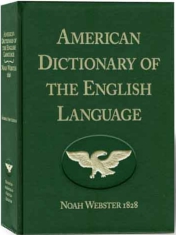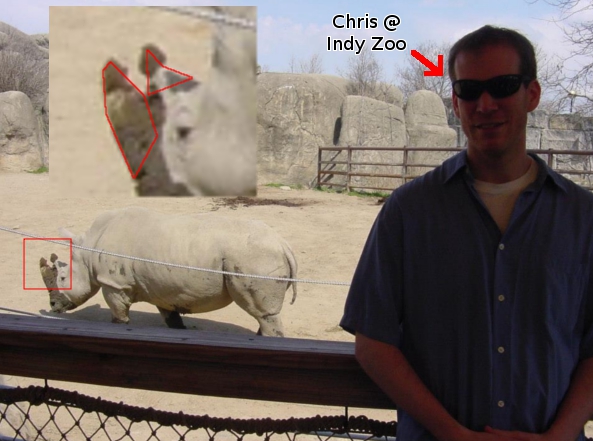God brought them out of Egypt; he hath as it were the strength of an unicorn.
-Numbers 23:22
Will the unicorn be willing to serve thee, or abide by thy crib?
-Job 39:9
But my horn shalt thou exalt like the horn of an unicorn: I shall be anointed with fresh oil.
-Psalm 92:10
 |
Though the unicorn has changed more recently into a fantasy aspect due to pagan influence, 200 years ago, the unicorn was more well-known as the rhinoceros. When we look up 'unicorn' in Noah Webster's 1828 Dictionary, we find the following:
unicorn: an animal with one horn; the monoceros; this name is often applied to the rhinoceros |
|
In fact, the rhinoceros is still known as the unicorn in some places in the world today. (See Eric Dinerstein, The Return of the Unicorns: The Natural History and Conservation of the Greater One-Horned Rhinoceros, Columbia University Press, 2003, ISBN: 9780231084505) Some rhinoceros have two horns (one large, one tiny), and others have just one, but all have one large primary horn, so the title of "unicorn" (one-horn) still applies to both types of rhinoceros. The Bible uses the term 'unicorn' in describing both one-horn and two-horn types of rhinoceros, as we see from the book of Deuteronomy: |
 |
 |
His glory is like the firstling of his bullock, and his horns are like the horns of unicorns: with them he shall push the people together to the ends of the earth: and they are the ten thousands of Ephraim, and they are the thousands of Manasseh. |
A surprising number of creation websites have claimed a translation error on part of the King James Bible concerning unicorns, but those Christians need to correct their error of faith in their new-age verions. Again, unicorn was the name given to both one-horned and two-horned rhinoceros, on the basis that they have one large horn on the front of their nose that is clearly recognizable at a distance.

| Some scoffers even go so far as to say that 'unicorn' can't apply to the rhinoceros because some have two horns instead of one, but the names of basic kinds of animals don't change based on their variations. For example, narwhals (greek for 'one-horn') are whales that have a single horn coming out of their nose. Sometimes, narwhals are found with two horns instead of one. That doesn't mean the narwhal has to be renamed, but it's simply a variation with a secondary horn. Because a magazine says "narwhal," and it refers to narwhals with a secondary horn, it does not mean the magazine is poorly translated -- just as when the King James Bible says "unicorn," and it may be refering to unicorns that may have a secondary horn, it does not mean the King James Bible is poorly translated. |  |
So the King James has 'unicorn' correctly used, but those using new-age versions cannot reconcile the description of Deuteronomy 33:17 without making imaginary excuses for how the description can match an ox. It's one more argument in the large arsenal for the preserved perfection of the King James Bible.
(Read "Why I Use the King James Bible" here at creationliberty.com for more details)













![There is No Saving Grace Without Repentance [creationliberty.com]](../images/store13a.jpg)
![Wolves in Costume: Kent Hovind [creationliberty.com]](../images/store11a.jpg)
![Corruptions of Christianity: Seventh-day Adventism [creationliberty.com]](../images/store09a.png)
![501c3: The Devil's Church [creationliberty.com]](../images/store07a.jpg)
![Feminism: Castrating America [creationliberty.com]](../images/store04a.jpg)







![Why Millions of Believers on Jesus Are Going to Hell [creationliberty.com]](images/store05a.jpg)
![Corruptions of Christianity: Catholicism [creationliberty.com]](http://www.creationliberty.com/images/store14a.jpg)
![False Prophet Profiles: Kim Clement [creationliberty.com]](http://www.creationliberty.com/images/store12a.jpg)
![Christmas: Rejecting Jesus [creationliberty.com]](http://www.creationliberty.com/images/store10a.jpg)
![Christian Music: For The Love of Money [creationliberty.com]](images/store08a.png)
![Psychology: Hoodwinked by the Devil [creationliberty.com]](images/store06a.jpg)
